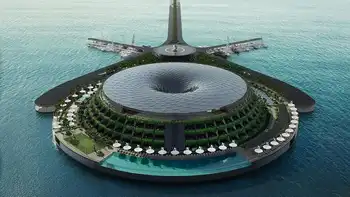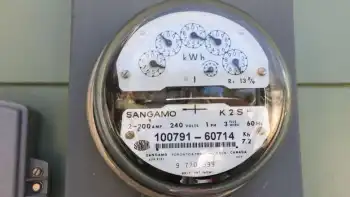Wind potential higher than current estimates: study
The new research surfaced just weeks after T. Boone Pickens, citing rising financing costs, scaled back his plans for the worldÂ’s largest wind farm in west Texas.
Using data from thousands of meteorological stations, the Harvard team estimated the world wind power potential to be 40 times greater than total current power consumption. A previous study cited in the paper put that multiple at about 7 times.
In the lower 48 states, the potential from wind power is 16 times more than total electricity demand in the United States, the researchers suggested – significantly greater than a 2008 Department of Energy study that projected wind could supply a fifth of all electricity in the country by 2030.
While remote regions of Russia and Canada have the greatest theoretical potential, the Harvard study pointed out that there are real gains to be made in high-emission nations, especially China, which has been rapidly constructing coal plants. “Large-scale development of wind power in China could allow for an 18-fold increase in electricity supply relative to consumption reported for 2005,” the Harvard study said.
The findings are “further validation of what we’ve been saying – that the United States is the Saudi Arabia of wind,” said Michael Goggin, an electricity industry analyst for the American Wind Energy Association.
The authors based their calculations on the deployment of 2.5- to 3-megawatt wind turbines situated either in accessible rural areas that are neither frozen nor forested, or relatively shallow offshore locations. They also used a conservative 20 percent estimate for capacity factor, a measure of how much energy a given turbine actually produces.
In an example of how renewable energy potential can be a moving target, Mr. Goggin explained that the growth in the forecasts can be attributed to the increasingly common use of very large turbines that rise to almost 100 meters.
Wind speeds are greater at higher elevations. Previous wind studies were based on the deployment of 50- to 80-meter turbines.
“As turbines start to get taller,” predicts Mr. Goggin, “we’ll see a lot more capitalization of the resource.”
Related News

The Haves and Have-Nots of Electricity in California
PARADISE, CA - The intentional blackout by California’s largest utility this week put Forest Jones out of work and his son out of school. On Friday morning Mr. Jones, a handyman and single father, sat in his apartment above a tattoo parlor waiting for the power to come back on and for school to reopen.
“I’ll probably lose $400 or $500 dollars because of this,” said Mr. Jones, who lives in the town of Paradise, which was razed by fire last year and is slowly rebuilding. “Things have been really tough up here.”
Millions of people were affected by the blackout, which…




